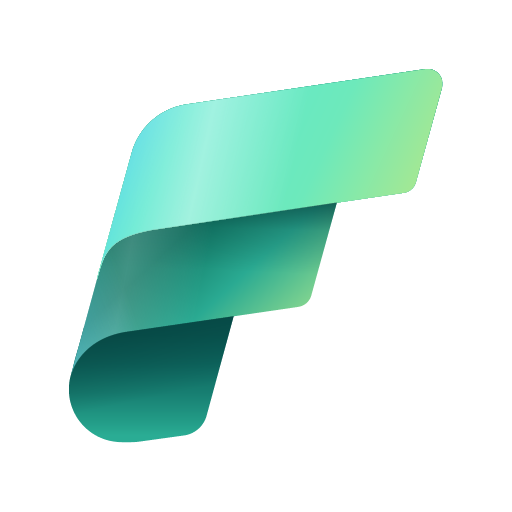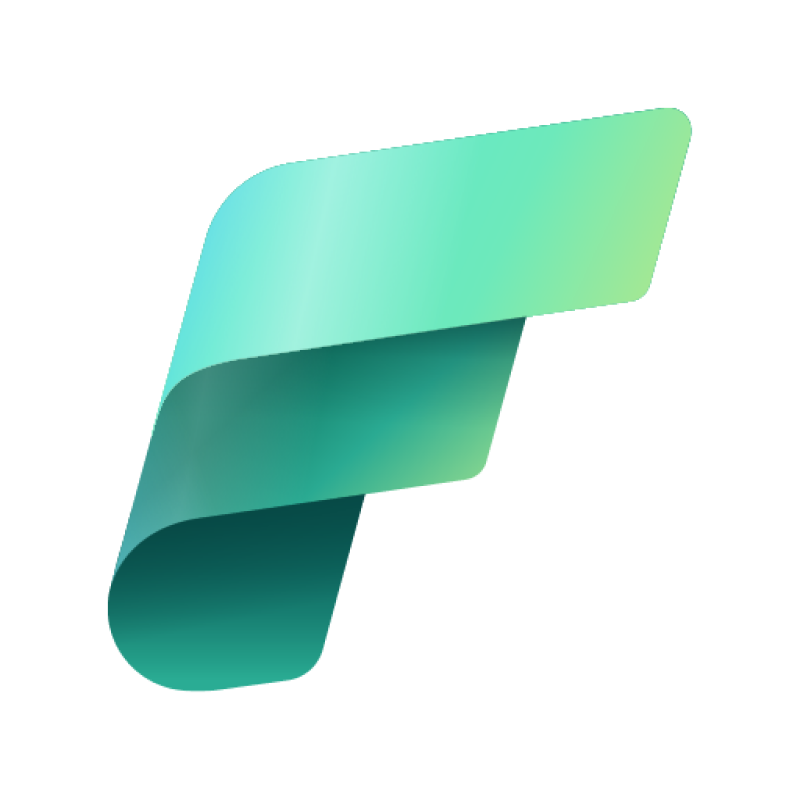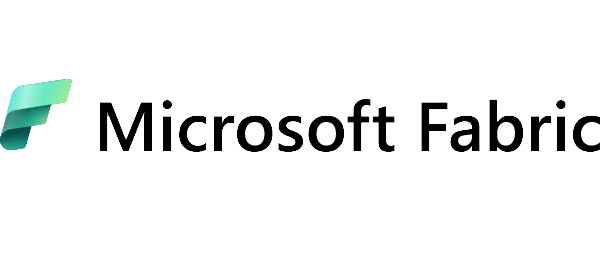
Retailers have been investing in POS, e-commerce, CRM, and loyalty solutions for years. Still, without a consistent data layer, they find it difficult to understand their customers and manage sales effectively. Dispersed information sources, delayed reports, and manual data merging mean that business decisions are made too late, and the potential for personalization remains untapped. Microsoft Fabric in retail changes this logic by offering a single, unified environment for integrating, analyzing, and operationalizing customer data across the entire organization. In the following article, we show how Microsoft Fabric can serve as the foundation of modern analytics in commerce – from Customer 360 and personalization to real-time inventory management and a truly omnichannel shopping experience.
Why does retail need a new data platform?
Retail is one of the most demanding data environments today: data flows in from cash registers, e-commerce, loyalty programs, social media, mobile apps, marketplaces, call centers, and warehouse systems. Each of these channels generates huge volumes of information, often in different formats and systems that are difficult to combine. Meanwhile, customers expect a consistent, personalized experience—whether they are shopping in a brick-and-mortar store, through an app, or on a marketplace channel.
Microsoft Fabric was created in response to this chaos – as a unified analytics platform that combines transactional, behavioral, and operational data in a single environment, built on OneLake and supported by AI (Copilot, data agents). In the retail industry, a special workload called Retail data solutions in Microsoft Fabric has also been introduced, which speeds up implementation and immediately accounts for the specific nature of commercial data. This is not just another IT project, but a platform designed for real business scenarios: Customer 360, demand forecasting, dynamic pricing, product recommendations, and real-time inventory optimization.
The specificity of retail data – why is the traditional approach no longer working?
Retail is one of the sectors with the greatest diversity and variability of data. In a typical retail chain, we have:
- transaction data from POS, e-commerce, and marketplaces,
- customer behavior data (clicks, abandoned shopping carts, viewed products),
- loyalty data (segments, points, discount history),
- product and logistics data (inventory levels, lead time, turnover),
- opinions and qualitative data (reviews, complaints, NPS, social listening).
In traditional architectures, this data is scattered across various warehouses, operational databases, and marketing tools. Each new source (e.g., additional marketplaces or SaaS systems) entails additional ETLs, integrations, and maintenance costs. As a result, the time from event to insight is often measured in days or weeks rather than minutes, which is no longer acceptable in retail.
In addition, regulations (GDPR, industry requirements) enforce a consistent approach to data quality, classification, and access control—yet many organizations still manage this manually or in silos.
This model is increasingly failing to meet customer expectations, as they compare their shopping experience not only with other retail chains but also with the best e-commerce platforms in the world. Research shows that over 56% of online shoppers are more likely to return to retailers who offer personalized recommendations, and over 80% of companies say they will compete primarily on customer experience. Without a new approach to data—one that is fast, consistent, and AI-driven—maintaining this competitiveness is virtually impossible.
Microsoft Fabric in retail – an integrated data platform instead of a patchwork of tools
Microsoft Fabric was designed as a single, cohesive data platform that covers the entire data lifecycle: from acquisition, through processing and modeling, to reporting, advanced analytics, and machine learning. OneLake plays a key role here – a central data lake that can collect data from all retail systems: POS, CRM, ERP, WMS, loyalty systems, and e-commerce.
For the retail industry, Microsoft has introduced Retail data solutions in Microsoft Fabric – a dedicated set of models, connectors, and processes that accelerate the development of modern retail analytics. This solution helps:
- unify sales, inventory, and customer data,
- enrich them with additional attributes (e.g., customer segments, product features),
- model data for typical retail scenarios (demand, turnover, margin, campaigns),
- Quickly build ready-made dashboards and ML models for sales, marketing, and logistics.
Three areas of the Fabric platform are particularly important in retail:
- Lakehouse and Data Warehouse – as a foundation for integrating large volumes of sales and logistics data and building consistent semantic models.
- Real-Time Analytics / Real-Time Intelligence – enable real-time analysis of data streams from POS, e-commerce, or IoT (e.g., store entry counters) using KQL databases.
- Copilot in Fabric – allows analysts and businesses to ask questions about sales and customer behavior in natural language, generate queries, reports, and even ML models without having to write complex code.
Thanks to this, Microsoft Fabric in retail is not just a technological “data engine,” but an environment where business—not just IT—can really work with data and quickly test commercial hypotheses.
Customer 360 and personalization – new possibilities for customer data analysis
The most frequently cited goal of Microsoft Fabric implementations in retail is to build a complete view of the customer (Customer 360), covering both transactional and behavioral data. Thanks to the central OneLake and ready-made connectors, you can integrate data from:
- POS (purchase frequency, average basket value, preferred stores),
- e-commerce and mobile applications (abandoned shopping carts, clicked categories, shopping paths),
- loyalty programs (segments, points, discounts, voucher histories),
- marketing automation and CDP tools (campaign responses, communication channels),
- social media and opinion systems (ratings, reviews, sentiment).
This forms the basis for building classification and prediction models: propensity to buy, propensity to churn, likelihood of responding to a campaign, price sensitivity, and product preferences. The Fabric platform integrates naturally with the Dynamics 365 Customer Insights and Commerce ecosystem, where Copilot supports the creation of personalized campaigns and product recommendations based on this unified customer profile.
The importance of such personalization is confirmed by market data. According to BCG analysis, the best retailers on their Personalization Index can generate up to $570 billion in additional growth by effectively using first-party data to personalize interactions. In turn, research shows that over 56% of customers are more likely to make repeat purchases from retailers that offer tailored recommendations, and over 80% of companies say competition will mainly take place in the field of customer experience.
In practice, this means that Microsoft Fabric can be used to run, among other things:
- RFM and behavioral segmentation, taking into account multi-channel interactions,
- recommendations for the “next best offer/next best action” for online and offline channels,
- microsegmentation for loyalty programs based on the actual value of the customer and their preferences,
- lead scoring and content personalization (e.g., mailings, push notifications, website banners),
- analysis of the impact of campaigns on LTV and the profitability of marketing activities.
These models can not only be built but also operationalized directly in Fabric—e.g., as scoring endpoints used by e-commerce, mobile applications, or CRM systems.
Real-time sales and inventory management – Fabric as the “brain” of retail operations
The second key area of application for Microsoft Fabric in retail is operational management of sales, inventory, and margins. Using Real-Time Analytics and data agents in Fabric, retailers can move from “after the fact” reporting to quasi-real-time business control.
Example scenarios:
- tracking sales and turnover in brick-and-mortar and online stores at minute intervals,
- automatic alerts about anomalies (sudden drop in category sales, pricing error, promotion issue),
- dynamic recommendations for replenishment at the store, category, or SKU level,
- real-time margin and promotion management (e.g., dynamic markdowns on end-of-line items),
- monitoring data availability and quality (e.g., lack of price feed refreshes, POS integration issues).
The real effects of this approach are already evident in the first implementations of data agents in Microsoft Fabric for retail: global retailers are seeing up to a 20% reduction in stockouts and approximately a 15% improvement in “recovered revenue” thanks to automatic replenishment based on real-time data.
In practice, Microsoft Fabric can act as the “brain” of retail operations, which:
- consolidates sales, logistics, and pricing data in one place,
- activates ML rules and models in response to events (e.g., exceeding inventory thresholds),
- generates recommendations for planners, category managers, and stores,
- and then automates some of the decisions (e.g., auto-replenishment, dynamic discounts in e-commerce).
As a result, sales management is no longer based on static Excel reports but resembles the management of a system controlled by data and algorithms, in which humans verify and refine rules instead of manually searching for insights.
Omnichannel and consistent customer experience – how is Fabric changing the logic of campaigns and reporting?
Retail customers don’t think in terms of channels – they “buy.” It is only the organization that divides its behavior into online, offline, click & collect, marketplace, or mobile app. Microsoft Fabric removes this artificial barrier at the data and analytics level: data from POS, e-commerce, social media, and loyalty programs can be analyzed in a single model, taking into account the entire customer journey.
The business implications are very specific:
- campaign planning covers all touchpoints (e.g., a mobile app campaign that directs users to a brick-and-mortar store, with the effect measured both online and at the POS),
- attribution models take into account the real impact of channels – e.g., social media exposure + performance campaigns + newsletters + store visits,
- promotional activities can be precisely targeted (e.g., coupons for specific categories only for customers who have shown interest in a given brand in recent weeks),
- Loyalty programs are no longer just about “collecting points,” but have become a tool for controlling customer behavior (cross-selling, up-selling, migration to higher segments).
Global research shows that companies that effectively combine omnichannel data and use it for personalization achieve higher customer loyalty and higher basket value, with the best players generating hundreds of billions of dollars in additional growth. Microsoft Fabric simplifies achieving this level of maturity by providing both a data layer (OneLake, Lakehouse, KQL) and tools for visualization (Power BI), automation (data pipelines, dataflow Gen2), and AI support (Copilot).
Example scenario: chain of stores + e-commerce on Microsoft Fabric
To illustrate the potential of Microsoft Fabric in retail, let’s imagine a chain of 150 brick-and-mortar stores with a well-developed e-commerce channel and loyalty program. Currently:
- POS data is sent to the warehouse once a day,
- e-commerce reports to a separate analytical system,
- loyalty data is in the marketing automation system,
- sales and campaign reports are created manually in Excel “at the end of the month.”
After implementing Microsoft Fabric, the architecture transforms into a cohesive ecosystem:
- Data integration
Data from POS, e-commerce, loyalty programs, ERP, and WMS is sent to OneLake, where it is cleaned, standardized, and modeled in Lakehouse and Data Warehouse. - Customer 360
Based on unified data, a Customer 360 model is created that covers online and offline channel behavior, campaign history, responses to promotions, and RFM segmentation. - Real-Time Analytics and data agents
Data streams from stores and e-commerce are sent to Real-Time Analytics, where data agents monitor inventory levels and sales in real time, and trigger auto-replenishment and alerts for categories with sales anomalies. - Reporting and planning
Power BI, embedded in the Fabric model, provides shared dashboards for management, sales, marketing, and logistics. Copilot supports business users in creating their own reports and ad-hoc analyses, e.g., “show me the categories that responded best to the latest push campaign in the app.” - Operationalization of personalization
The results of ML models (e.g., promotion sensitivity scoring) are used in real time in e-commerce campaigns and loyalty programs, and their effects are measured end-to-end in Fabric.
This scenario allows you to move from a fragmented, scattered approach to data to an integrated system where every department works on a shared truth about customers, sales, and profitability.
How to prepare your organization for Microsoft Fabric implementation in retail?
Microsoft Fabric is a technology platform, but successful implementation in retail largely depends on the organization’s preparedness. Key elements include:
- Data strategy – clearly defined business objectives (e.g., reduction of stockouts by X%, increase in LTV by Y%, reduction of report preparation time from days to hours), mapped to specific scenarios in Fabric.
- Data governance model – naming standards, data catalog, access and quality policies, and compliance with regulations (GDPR, sensitive data).
- Team and competencies – combining business roles (sales, marketing, logistics) with technical competencies (data engineer, data analyst, data scientist) and new citizen developer roles thanks to Copilot.
- Architecture and integrations – decisions about which systems become “source systems,” how data is replicated to Fabric (Synapse pipelines, Dataflow Gen2, SaaS connectors).
- Iterative approach – instead of a monolithic project, it is recommended to launch Fabric in sprints: first a pilot (e.g., Customer 360 for one category), then expansion to other business lines and countries.
In practice, most retailers choose to partner with specialized implementation companies that combine knowledge of Microsoft Fabric with retail experience. This shortens implementation time, reduces the risk of architectural errors, and allows for a faster transition from PoC to scaling across the entire organization.
Summary – Microsoft Fabric as a catalyst for data transformation in retail
The retail industry is entering a phase where competitive advantage is built not only on store location and product range, but above all on the ability to work with data. Personalization, omnichannel, dynamic price and inventory management—all of this requires a consistent, modern data platform.
Microsoft Fabric for retail provides a platform that combines OneLake, Lakehouse, Data Warehouse, Real-Time Analytics, Power BI, and Copilot in a single environment, and extends them with dedicated Retail data solutions for the commercial sector. This allows retailers to:
- integrate data from POS, e-commerce, loyalty programs, and operating systems faster,
- build complete customer profiles and advanced personalization,
- manage sales and inventory in real time,
- optimize the margin and ROI of marketing campaigns,
- and move analytics from the level of “historical reporting” to the level of actual support for business decisions, and even their automation.
For retail organizations, this means not only technological modernization, but above all a new way of thinking about data—as a strategic asset that, thanks to Microsoft Fabric, can finally be fully leveraged across the entire business.



